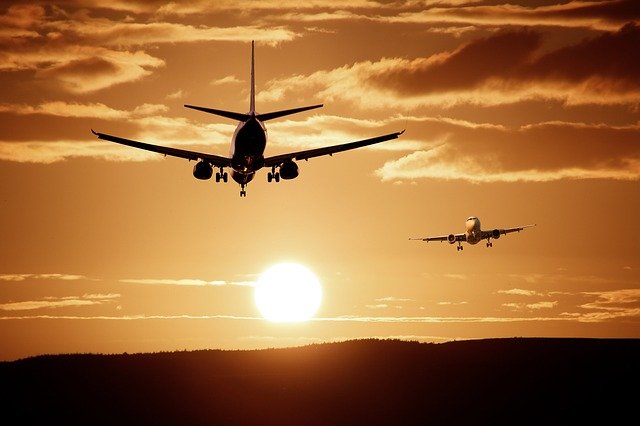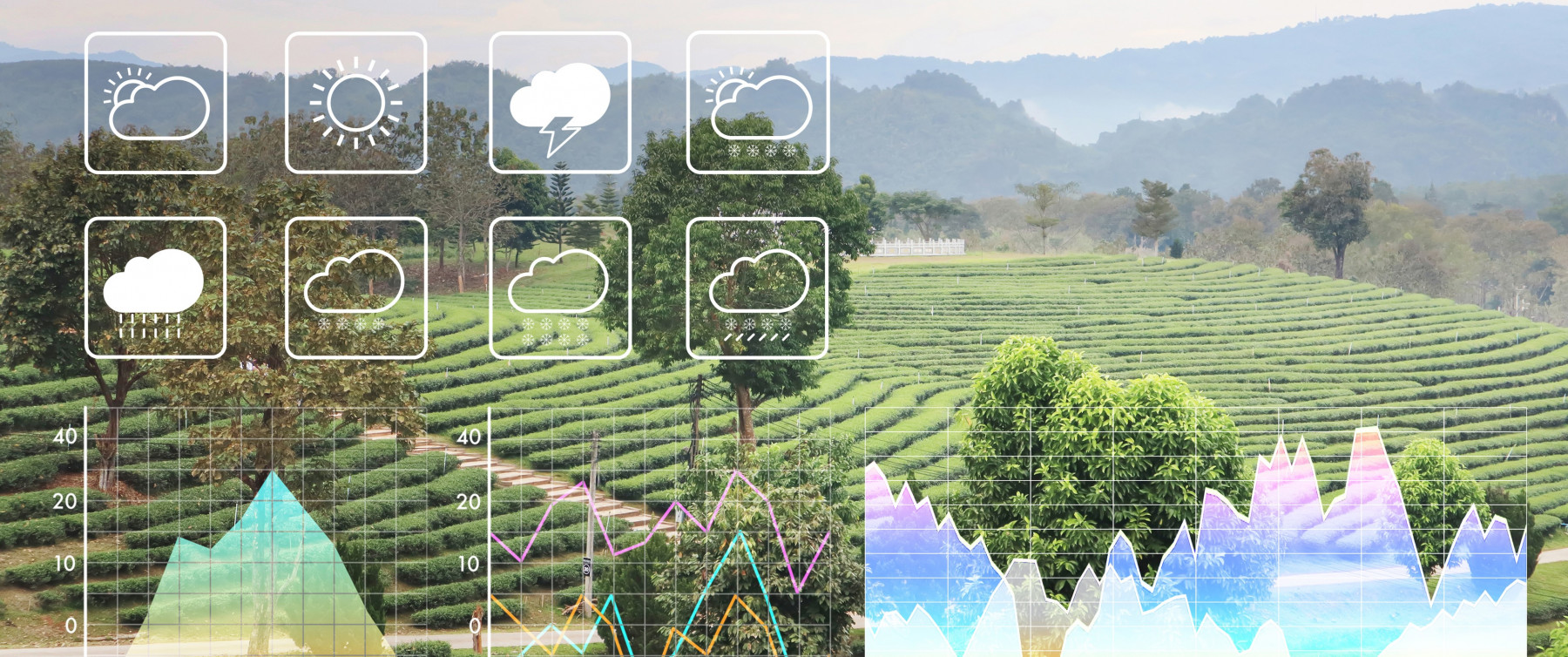 COVID-19 has changed our lives in so many ways, including how we study, work, shop, vote, and interact with others.
COVID-19 has changed our lives in so many ways, including how we study, work, shop, vote, and interact with others.
But did you know that COVID-19 also disrupts weather forecasting?
The pandemic has drastically reduced air travel. The number of passenger flights has dropped by 50% from pre-pandemic levels. Aircraft are equipped with sensors that provide valuable weather data. After satellite observations, data collected by airplanes is the most accurate. This plunge in flights has resulted in 75-80% of the data being lost.
The World Meteorological Organization partnered with the International Air Transport Association to address concerns over aircraft weather data reduction. Their goal is to work with the aviation industry to grow an airplane observation program by connecting with more commercial aircraft and airlines, especially those in areas with little data.
Let’s understand exactly what role aircraft plays in weather forecasting.
How Does Forecasting Work?
 Meteorologists use different sources of data to predict the weather, including balloons, radars, satellites, buoys, observation networks, and airplanes.
Meteorologists use different sources of data to predict the weather, including balloons, radars, satellites, buoys, observation networks, and airplanes.
Airplanes improve forecast accuracy as they gather key information from the jet streams in the atmosphere -- 30,000-40,000 feet above the ground. Information includes wind speed and direction, air pressure, temperature, and humidity (moisture). Aircraft are equipped with weather instruments because this data also helps in flying the plane. For example, pointy instruments jutting out from the aircraft’s nose or wings (known as pitot probes) are used to calculate airspeed.
Thousands of commercial and cargo aircraft gather weather data which is entered into complex models to produce weather forecasts. Popular computer models include the National Weather Service’s Global Forecast System and the European weather model. Weather data collected by airplanes is used by the National Oceanic and Atmospheric Administration, as well as international and private companies.
The Effect Of The Pandemic
Generally, several thousand aircraft record over 800,000 weather observations on a daily basis. Unfortunately, due to the current decrease in flights, only 1,000 aircraft are collecting weather data daily.
 Though the impact on short-term forecasts is minimal, reduced weather data decreases forecast accuracy. A study found that without aircraft data, weather models are 15% less accurate. Additionally, temperature predictions between March and May in 2020 were at least 2℃ less accurate than forecasts from February 2020.
Though the impact on short-term forecasts is minimal, reduced weather data decreases forecast accuracy. A study found that without aircraft data, weather models are 15% less accurate. Additionally, temperature predictions between March and May in 2020 were at least 2℃ less accurate than forecasts from February 2020.
Meanwhile, meteorologists are relying on other sources of weather data. There is greater attention towards building more observation stations, especially in areas where data collection is rare.
The accuracy of weather forecasts is extremely important to society and the economy. For example, even though airplanes assist in capturing weather data, they also heavily rely on forecasts to calculate flight routes, times, and the amount of fuel required. In sectors like agriculture, weather data is crucial for farmers in determining planting times, crop yields, and water and fertilizer needs. In the energy sector, for example, weather forecasts are used to estimate the usage of electricity to prevent blackouts early on.
Weather forecasts help stabilize our world, and the reduction of commercial airline weather data results in greater inaccuracies. Who knew the pandemic could affect us in yet another way!
Sources: NY Times, Washington Post, NPR, Nature, IATA.org, WMO.int







